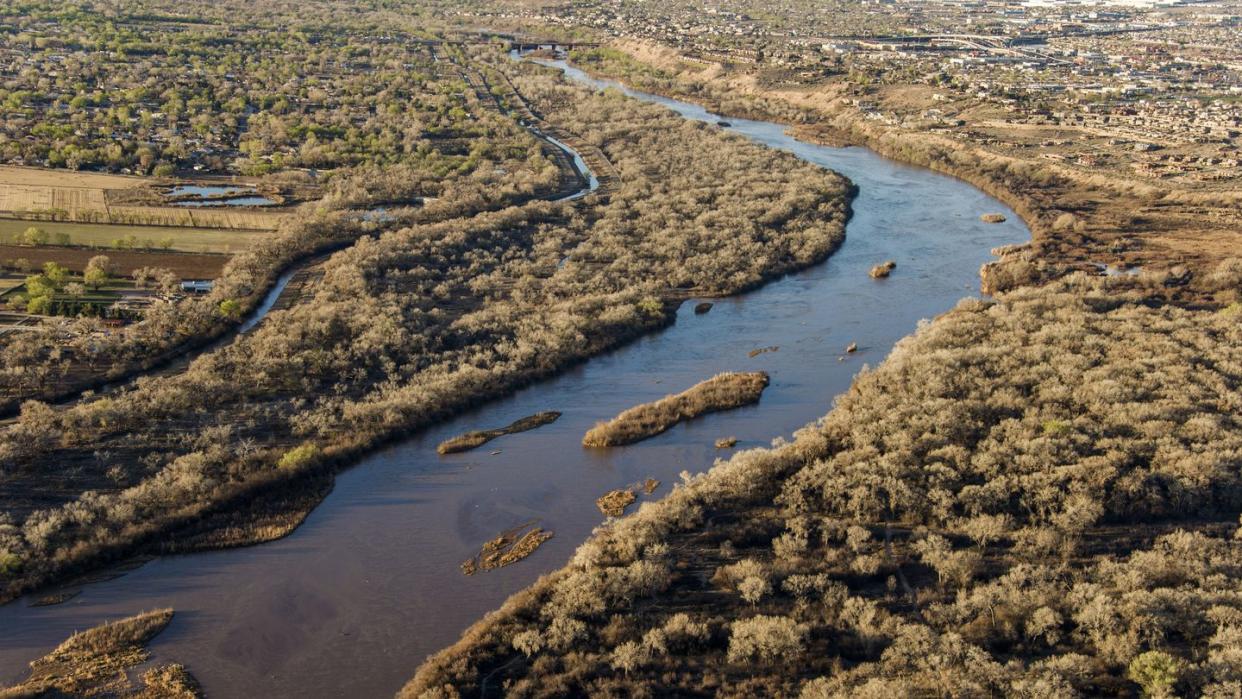A Hidden Energy Source Was Found Underneath Texas

While Texas is known for its reserves of oil and gas, researchers from the University of Texas at Austin say that the state’s western border region is ripe for geothermal energy.
This energy isn’t derived from access to hot water—instead, the project intends to take a strategy from the fracking industry’s playbook and inject water into hot subsurface rock to create low-emission energy.
While this approach can come with risks like earthquakes and tremors, local officials are still excited about the possibilities, and will discuss next steps later this year.
When talking about renewable energy, solar, wind, and even hydropower grab more attention in the U.S. than geothermal energy. However, it’s worth noting that the U.S. is actually the world’s leader in geothermal electricity generation at 4 gigawatts.
Sounds good, right? Well, those numbers are relative to the country’s overall energy output, which places geothermal at around only 0.4 percent. Compare that to, say, Iceland, which uses geothermal sources to generate 66 percent of its primary energy. It certainly seems like the U.S. has room for growth when it comes to geothermal power.
One of those areas, according to an extensive report from the Bureau of Economic Geology (BEG) at the University of Texas at Austin, is near the town of Presidio in southwestern Texas. After receiving $15,000 for a feasibility study from the Presidio Municipal Development District in mid-2023, the researchers studied the area for nine months before concluding that it’s ripe for geothermal development. And it’s not just Presidio—it’s the entire county, including towns like Marfa to the north.
“Bottom line is, the immediate area in Presidio, but the whole county, looks like a really good development target,” said UT Austin’s Ken Wisian, who led the study. “As good or better than areas that are already being developed in Texas.”
That’s largely due to new developments in geothermal energy. Usually, geothermal energy is best where hot water is available via permeable rock—the Geysers in California are a good example of this. However, techniques from the oil and gas industry (primarily hydraulic fracturing, or fracking) could potentially allow geothermal power to be generated by instead injecting water into areas with hot subsurface rock and letting the rocks heat the water before pumping through turbines.
According to the report by UT Austin, this area along the Rio Grande—in the Permian basin north of the county, which doesn’t have oil and gas wells—does have some of the “hottest subsurface rock east of the Rocky Mountains,” according to Marfa Public Radio. While the area isn’t exactly a population center, this untapped resource could bring industry and other jobs to the area. It could also give oil and gas industries a renewable transition, as many existing technologies can be used in geothermal production.
Of course, fracking for geothermal energy doesn’t come risk free.
In 2018, South Korea experienced the second largest earthquake in its modern history due to a geothermal plant, because water injection can cause tremors similar to fracking. While local leaders are still excited by the idea, according to Marfa Public Radio, next steps for a possible geothermal project along the U.S.-Mexico border won’t be discussed until later this year.
You Might Also Like


